When selecting the appropriate high-bay LED lights for your space, one of the most important factors to consider is the wattage and size of the lights. The correct size will depend on several factors such as ceiling height, the specific type of space, and the amount of light required. Whether you are outfitting a warehouse, gymnasium, or industrial area, choosing the right high bay LED lights ensures you get optimal lighting performance while improving energy efficiency.
In this article, we will discuss how to select the proper size of high-bay LED lights for your space based on key considerations.
Understanding High Bay LED Lights
High bay LED lights are designed to provide powerful illumination in spaces with high ceilings (typically 20 feet or more). These lights are used in large, open areas where high-intensity, uniform lighting is required. Compared to traditional incandescent or fluorescent lighting, LEDs are more energy-efficient, have a longer lifespan, and deliver superior light quality.
There are various wattages, beam angles, and designs of high bay LED lights, and selecting the right size is crucial to ensuring the lighting is effective for your particular application.
Factors to Consider When Choosing the Size of High Bay LED Lights
Here are the key factors that influence the size of high bay LED lights needed for your space:
1. Ceiling Height
One of the most important factors in choosing high bay LED lights is the ceiling height. Generally, the higher the ceiling, the more powerful the lights need to be in order to provide adequate illumination at ground level.
- Ceiling height up to 20 feet: For ceilings of this height, high bay LED lights in the range of 100W to 150W are typically sufficient.
- Ceiling height between 20-30 feet: For medium ceiling heights, you’ll want high bay LED lights in the range of 150W to 200W.
- The ceiling height above 30 feet: For very high ceilings, such as in large warehouses or industrial environments, high bay LED lights in the 200W to 400W range, or even higher, are generally needed.
The key to matching the right light output is to consider the distance between the light and the area it is meant to illuminate.

2. Type of Space
The type of space you are lighting will also determine the size of the high bay LED lights needed. Some spaces require brighter, more intense lighting for visibility and safety, while others may not need as much intensity.
- Warehouses: Warehouses with shelves and racks typically require higher-intensity lighting for clear visibility. In this case, a higher wattage of 200W or more is generally recommended.
- Gymnasiums: Gyms need bright, uniform lighting for sports and fitness activities. A high bay LED light in the 150W to 250W range should work well.
- Retail Spaces: Retail spaces often need lower wattage (100W to 200W) but require good color rendering to showcase products effectively.
- Factories/Industrial Areas: Factories require high-output high bay LED lights (300W and up) for safety and clear visibility in large, open areas.
3. Lumen Output and Efficiency
The lumen output is another key factor to consider when determining wattage. Lumens measure the amount of light emitted from the bulb, and high bay LED lights offer greater lumen-per-watt efficiency. This means that lower-wattage LEDs can still provide high levels of brightness.
- 100W LED lights: These generally produce between 10,000 and 12,000 lumens, which are suitable for areas with lower ceiling heights.
- 150W LED lights: These typically produce up to 18,000 lumens and work well for medium-height ceilings (20-30 feet).
- 200W-400W LED lights: These can produce anywhere from 24,000 to 50,000 lumens, making them ideal for large spaces with high ceilings.
Calculating the Right Size for Your Space
To determine the ideal wattage and high bay LED light size for your space, you can calculate the lighting needs based on your room’s area and the required foot candles (a unit that measures light intensity on a surface). Here’s how to calculate your lighting requirements:
- Measure the area: Measure the length and width of the space you need to light and multiply these together to get the area in square feet.
-
Determine the foot-candles needed: Different spaces need different levels of light intensity. Typical values are:
- Warehouses: 30-50 foot-candles
- Retail spaces: 50-100 foot-candles
- Gymnasiums: 50-75 foot-candles
- Calculate the total lumens needed: Multiply the area (in square feet) by the required foot-candles to get the total lumens required.
- Choose the right wattage: Match the total lumens required with the lumen output of the high bay LED lights you are considering. For example, if your area needs 30,000 lumens, you may need 2-3 150W LED lights, depending on their individual lumen output.
Conclusion
Choosing the right size high bay LED lights requires careful consideration of ceiling height, the type of space being illuminated, and the light intensity needed. Higher wattage lights are needed for larger spaces with high ceilings, and it's important to balance the lumen output with your specific needs to ensure adequate coverage and brightness.
By taking these factors into account, you can select the appropriate wattage and size of high bay LED lights to provide optimal lighting while keeping energy efficiency in mind. With the right lighting setup, you can enhance visibility, safety, and productivity in your warehouse, gym, or industrial space.
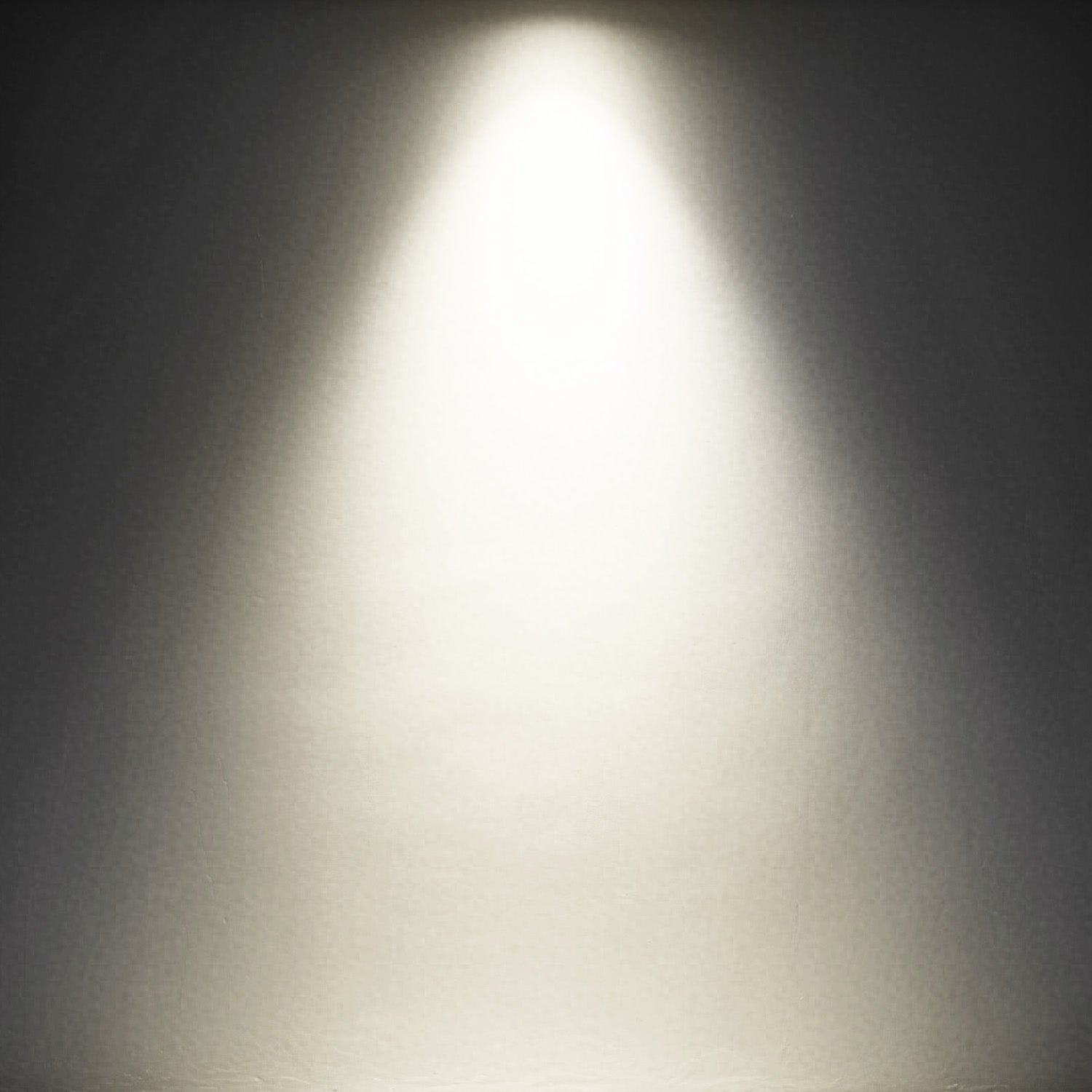
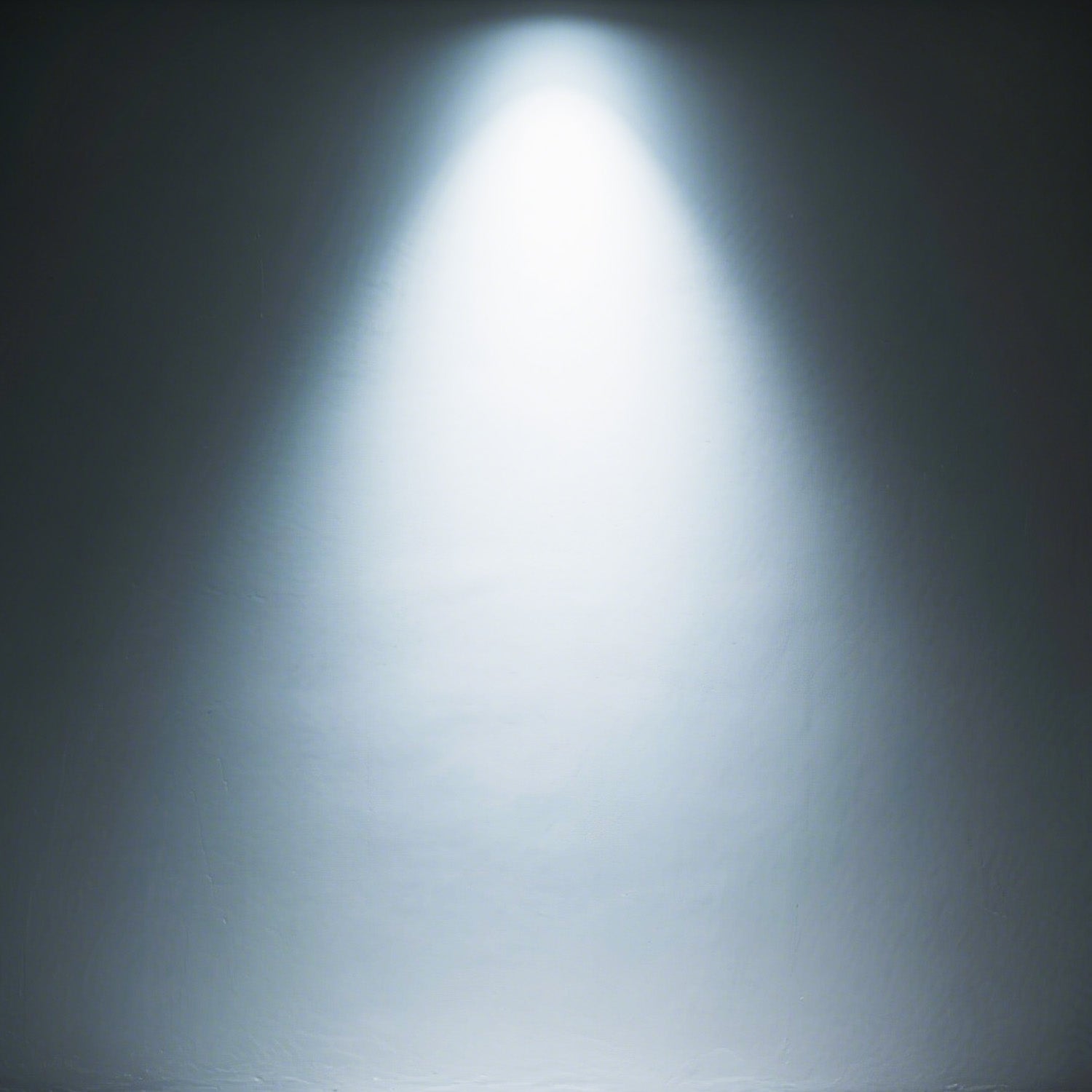
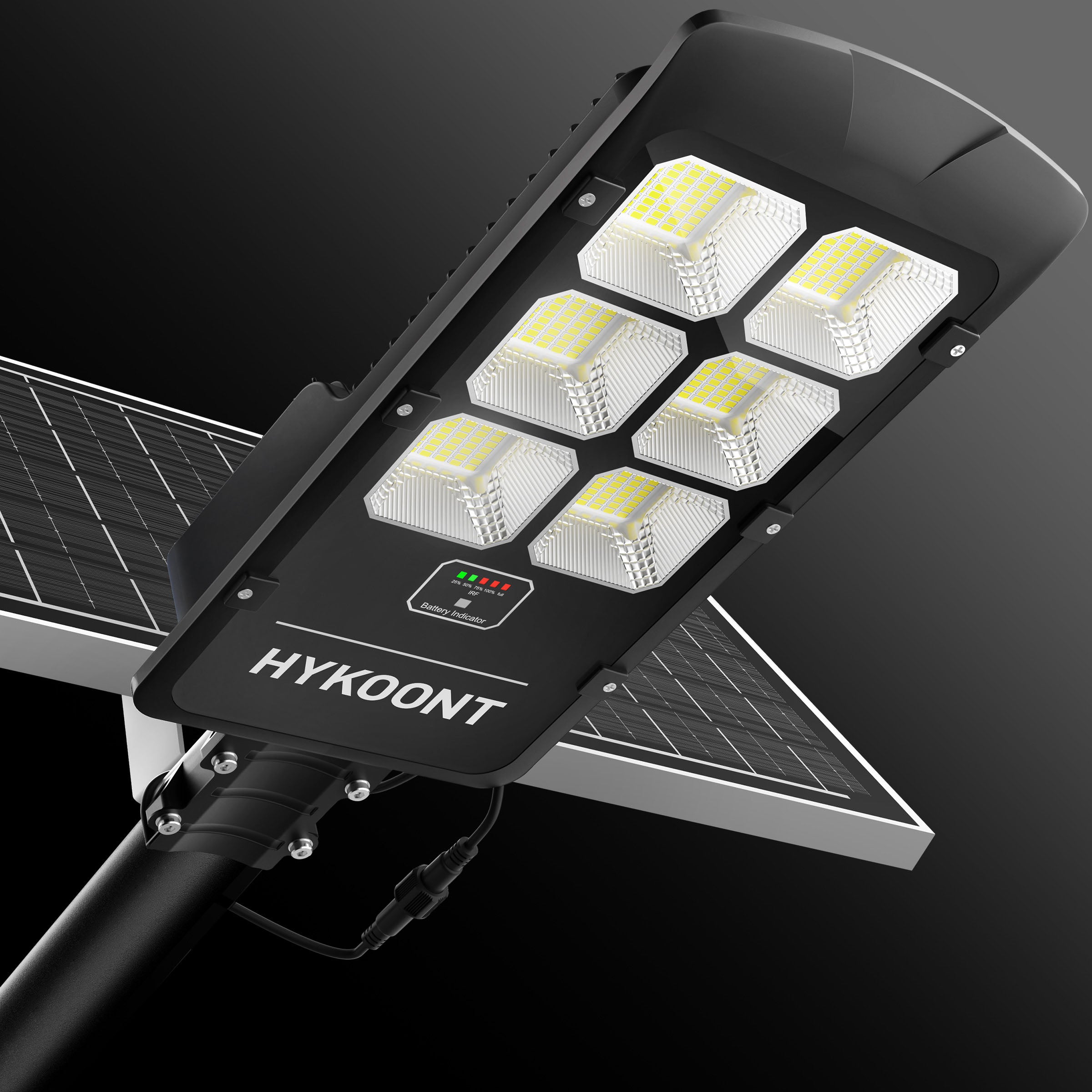
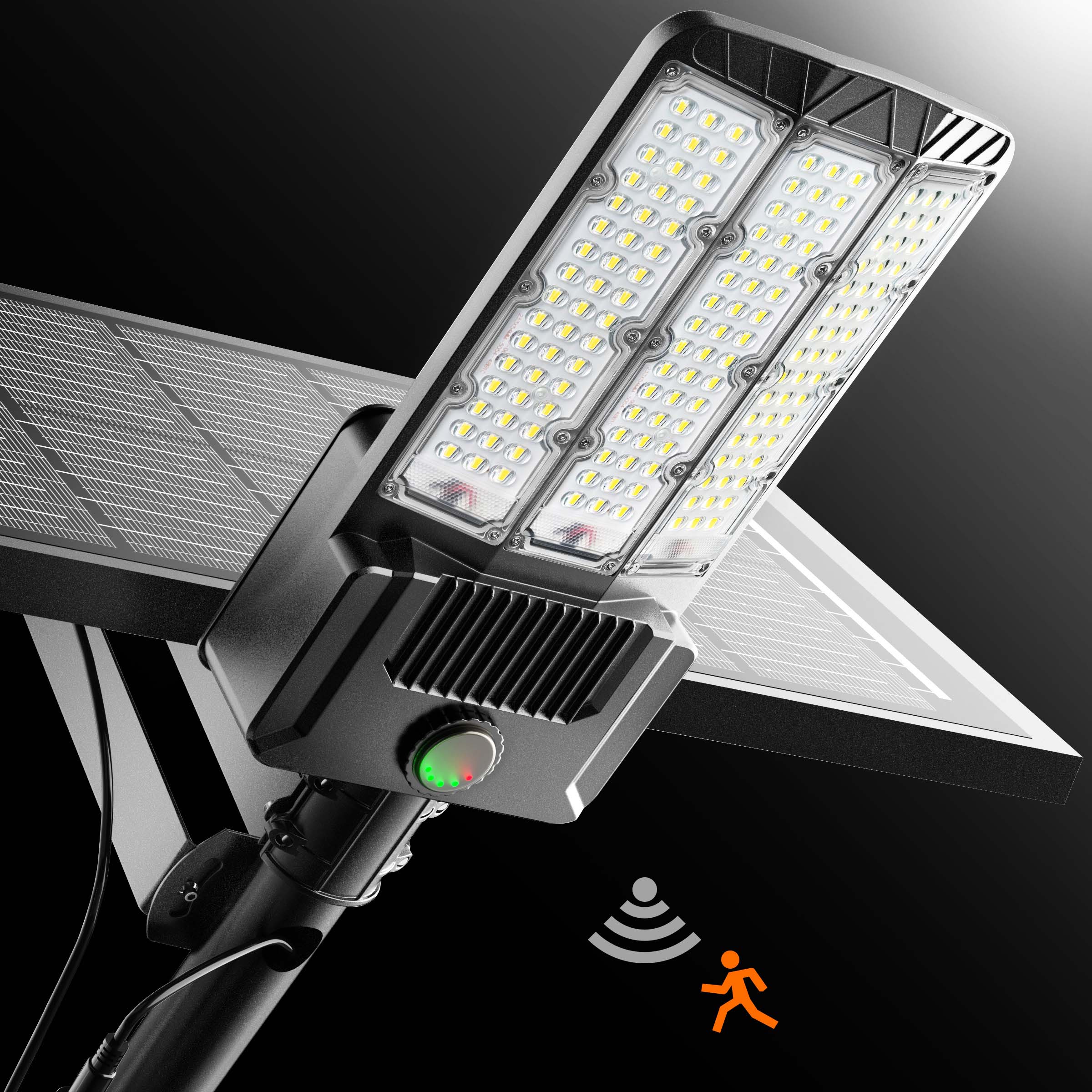
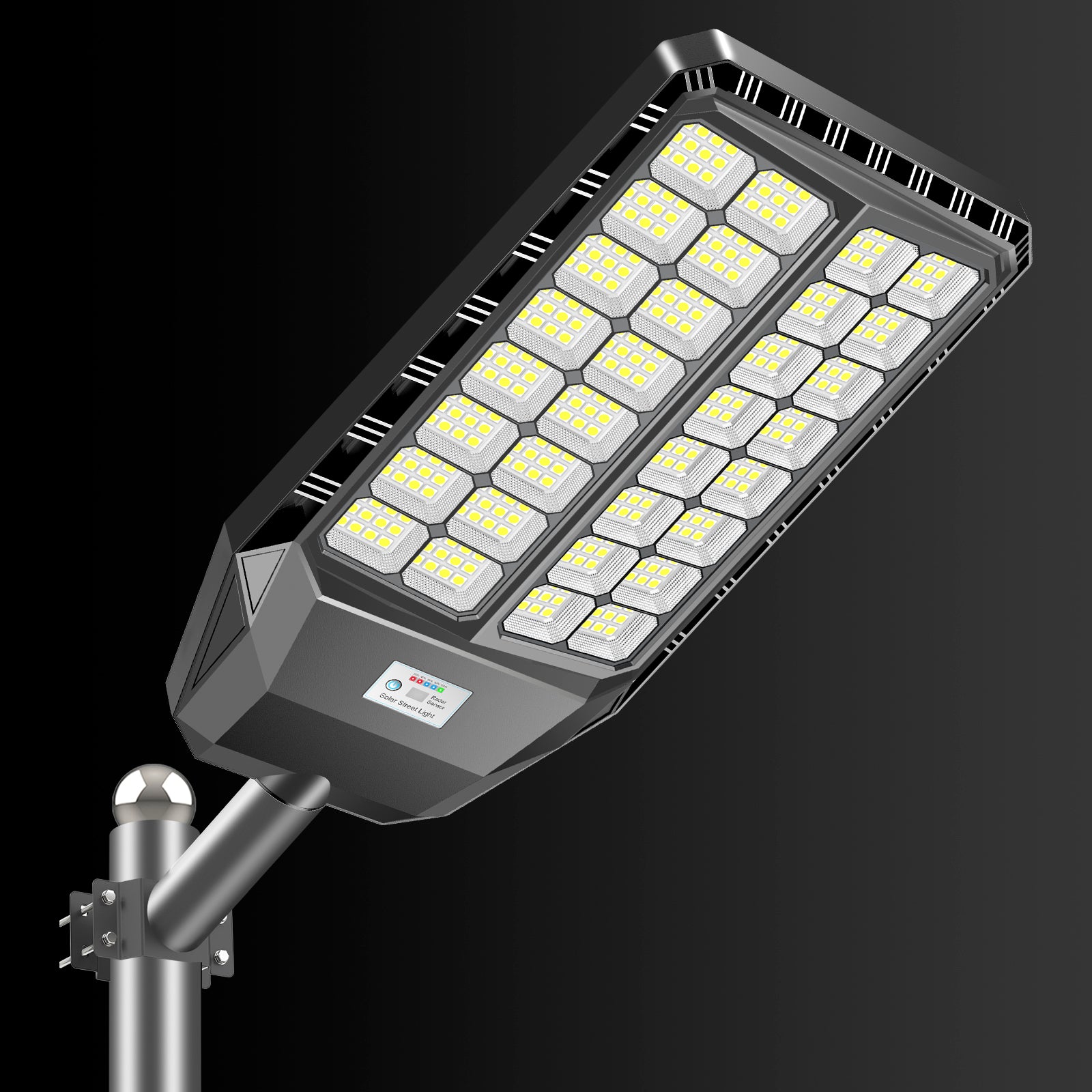
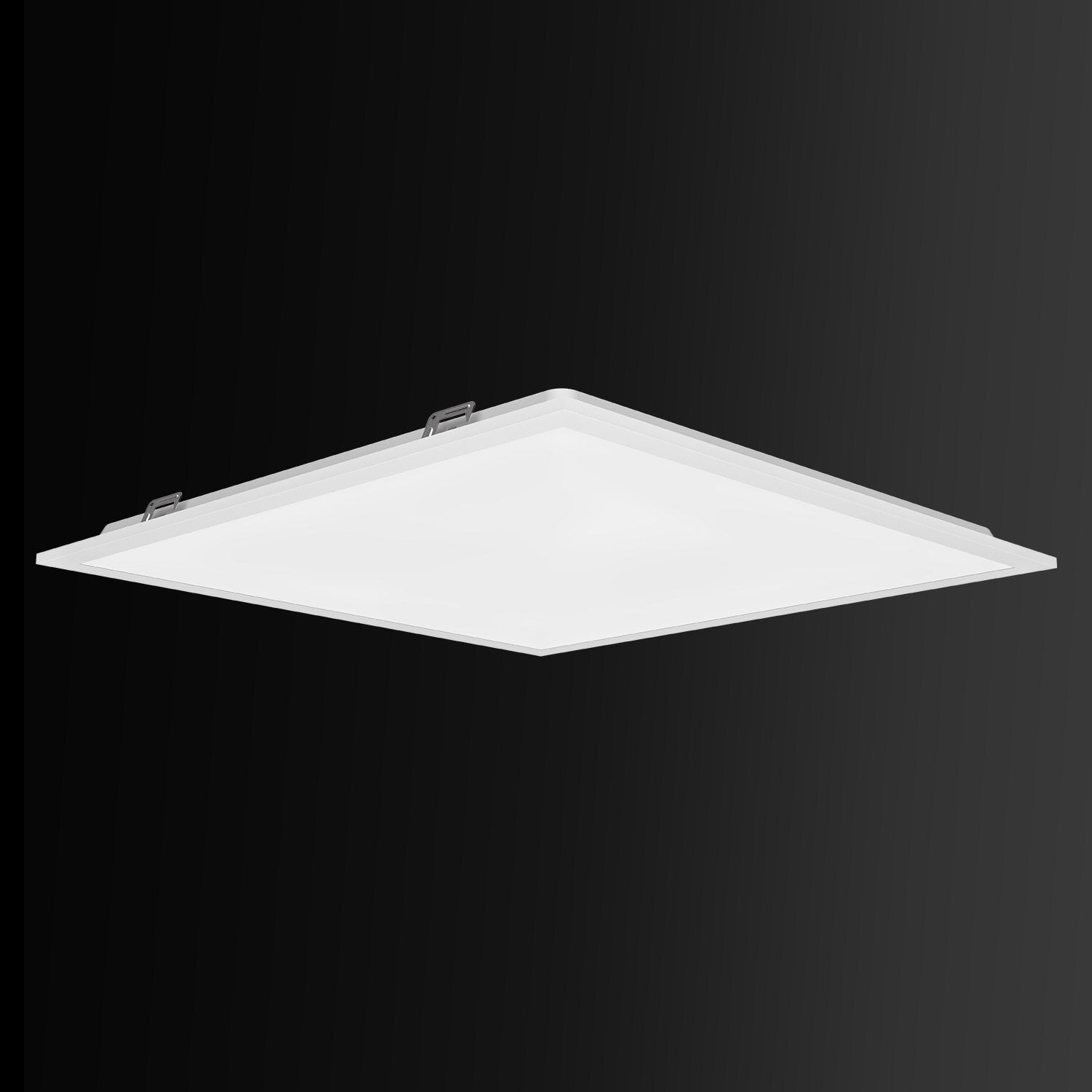
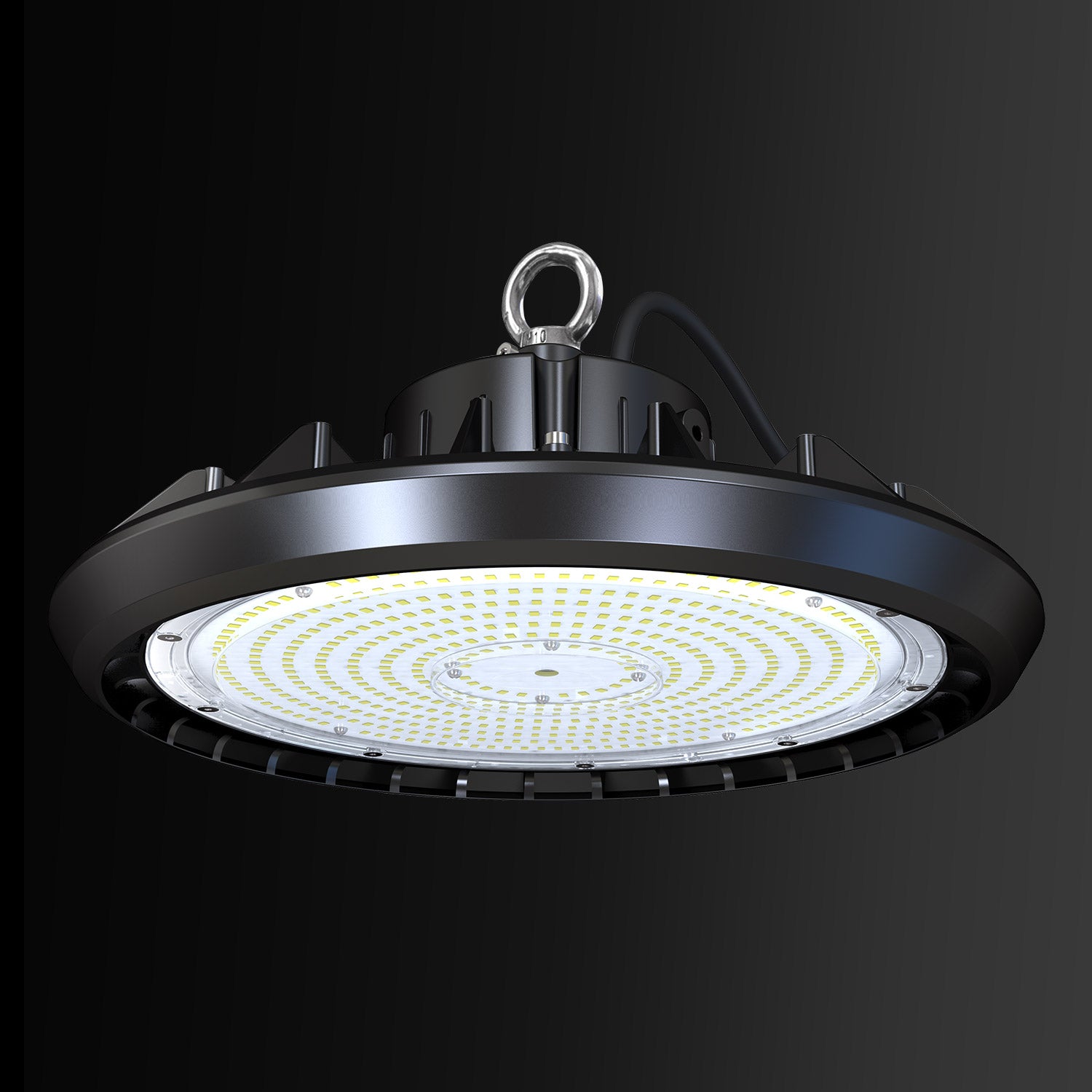
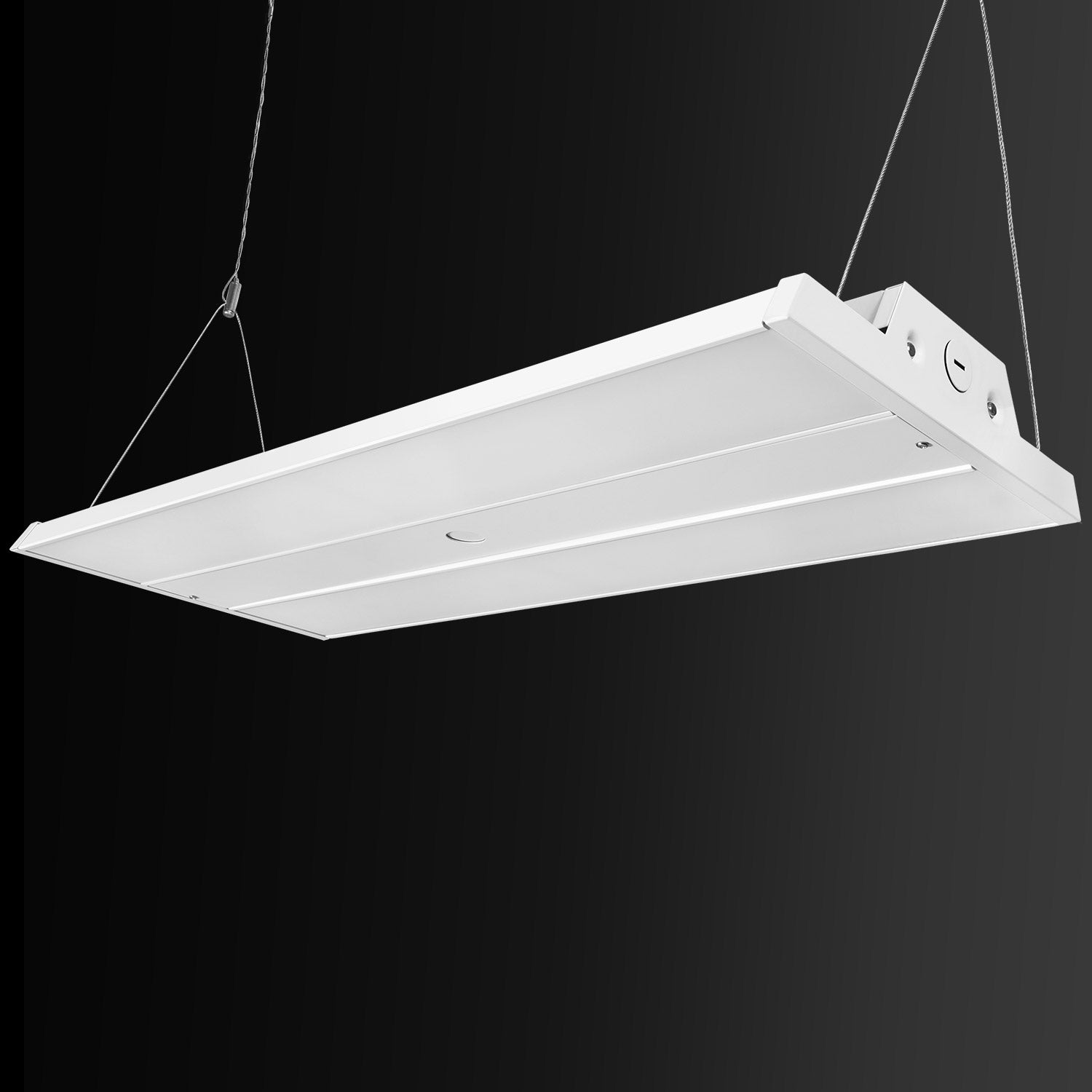
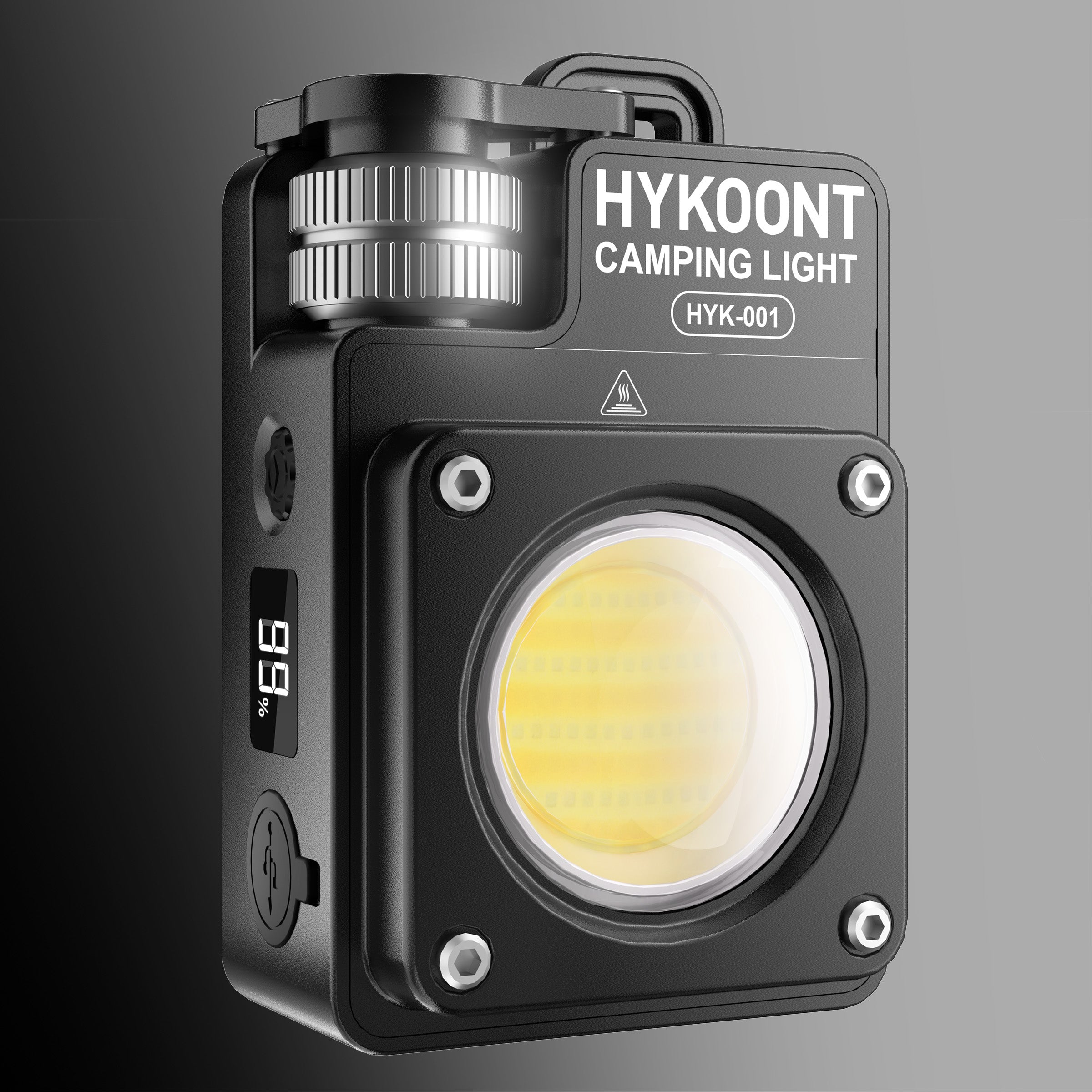
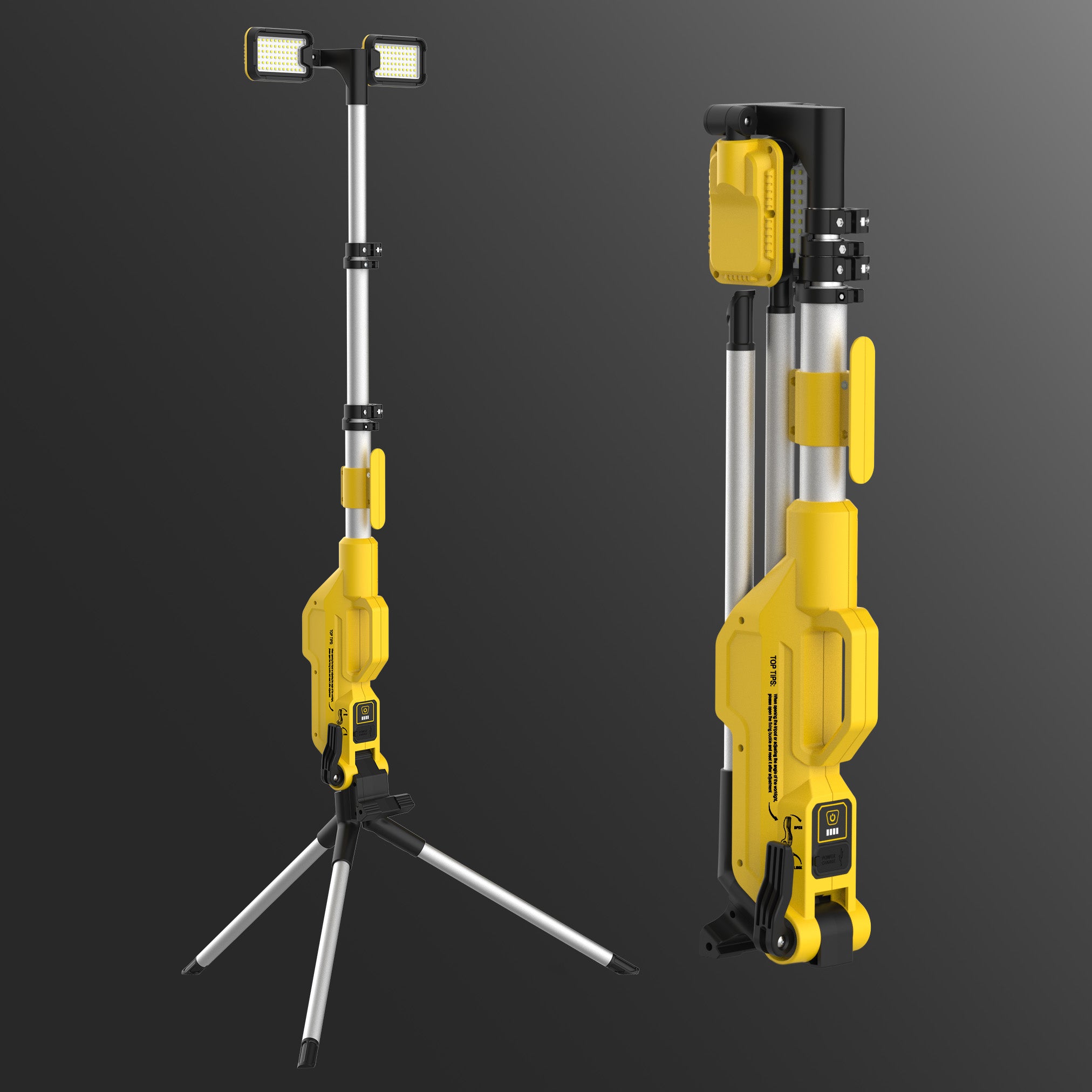
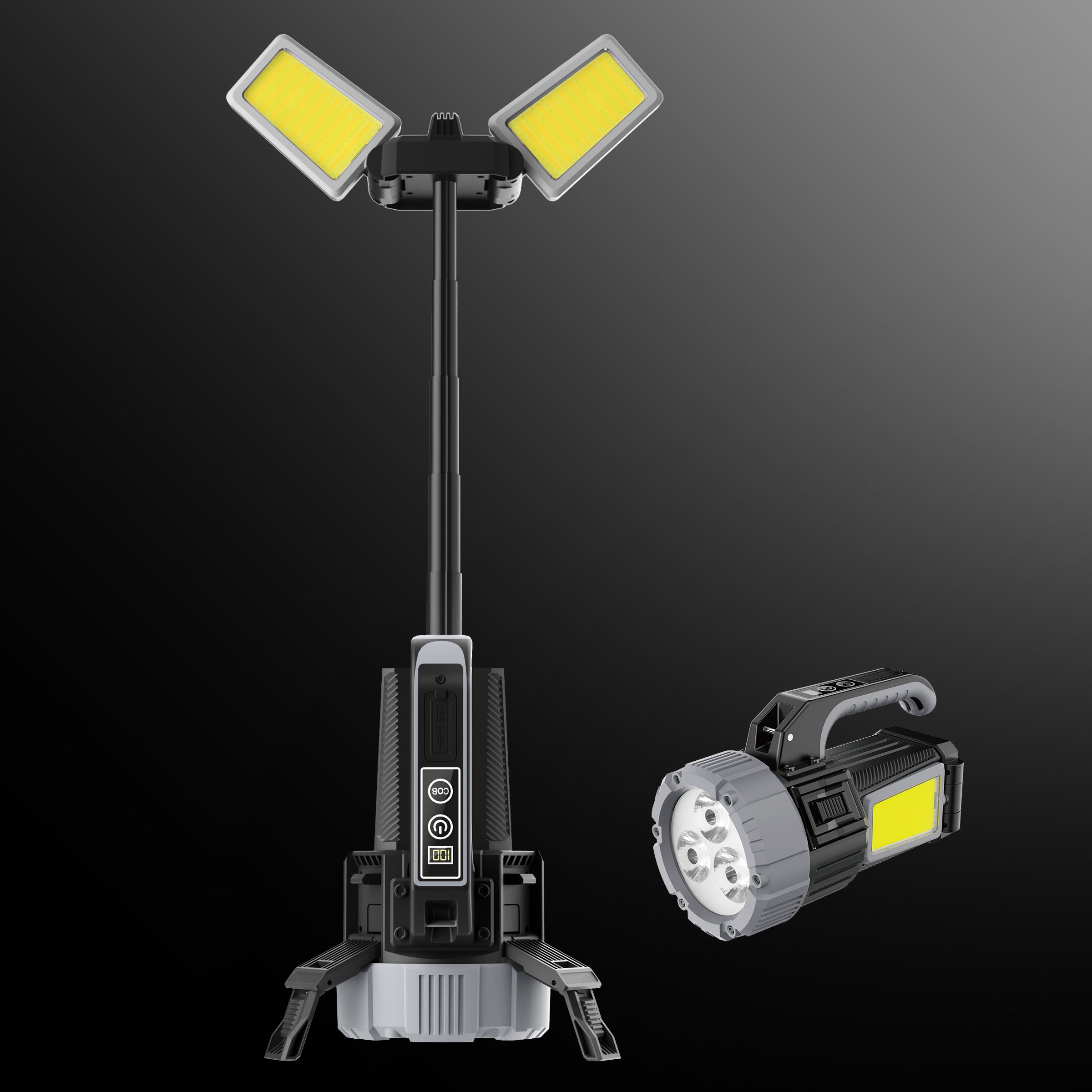


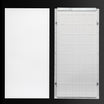
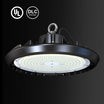



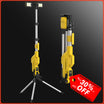
![[BOGO] Hykoont LS018 Multi-Function 2 in 1 Flashlight Portable Extendable Adjustable Brightness CCT Bright](http://hykoont.com/cdn/shop/files/STDG18_02986949-cd58-4695-b253-ff6d94f8776a.jpg?v=1762425901&width=104)
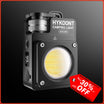
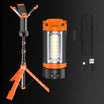
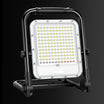
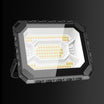
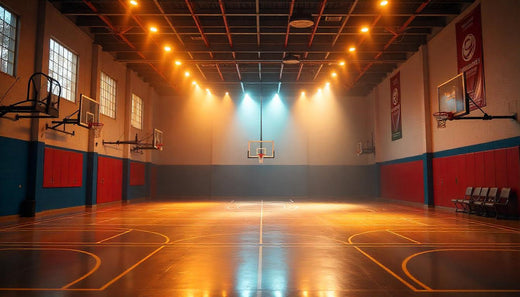
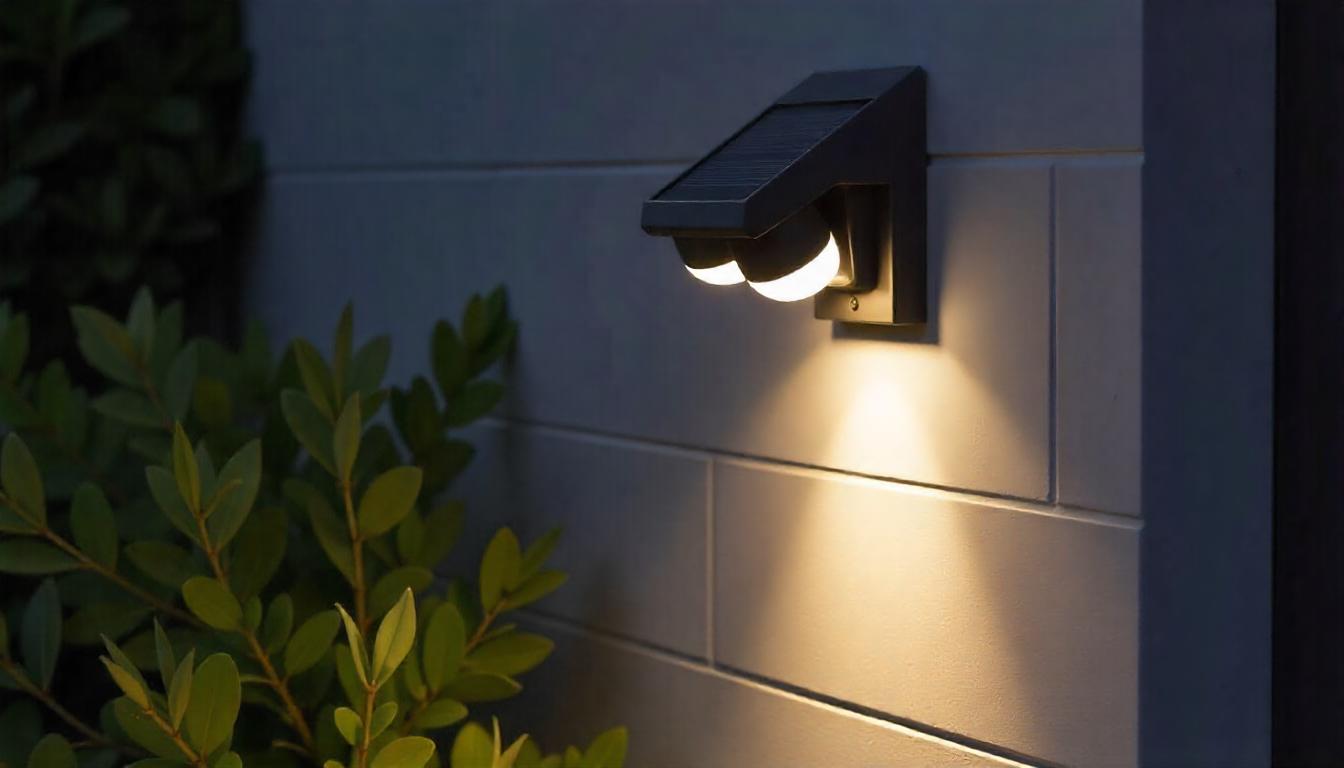
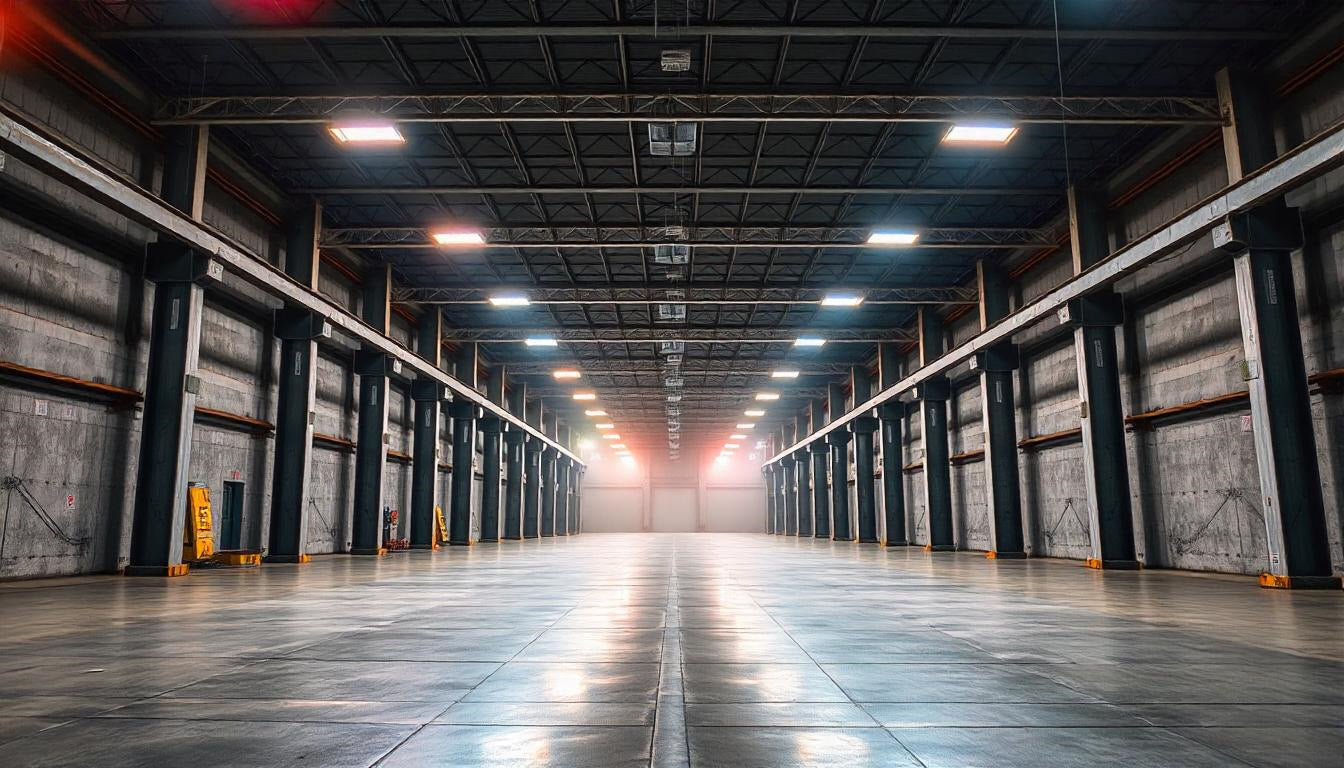
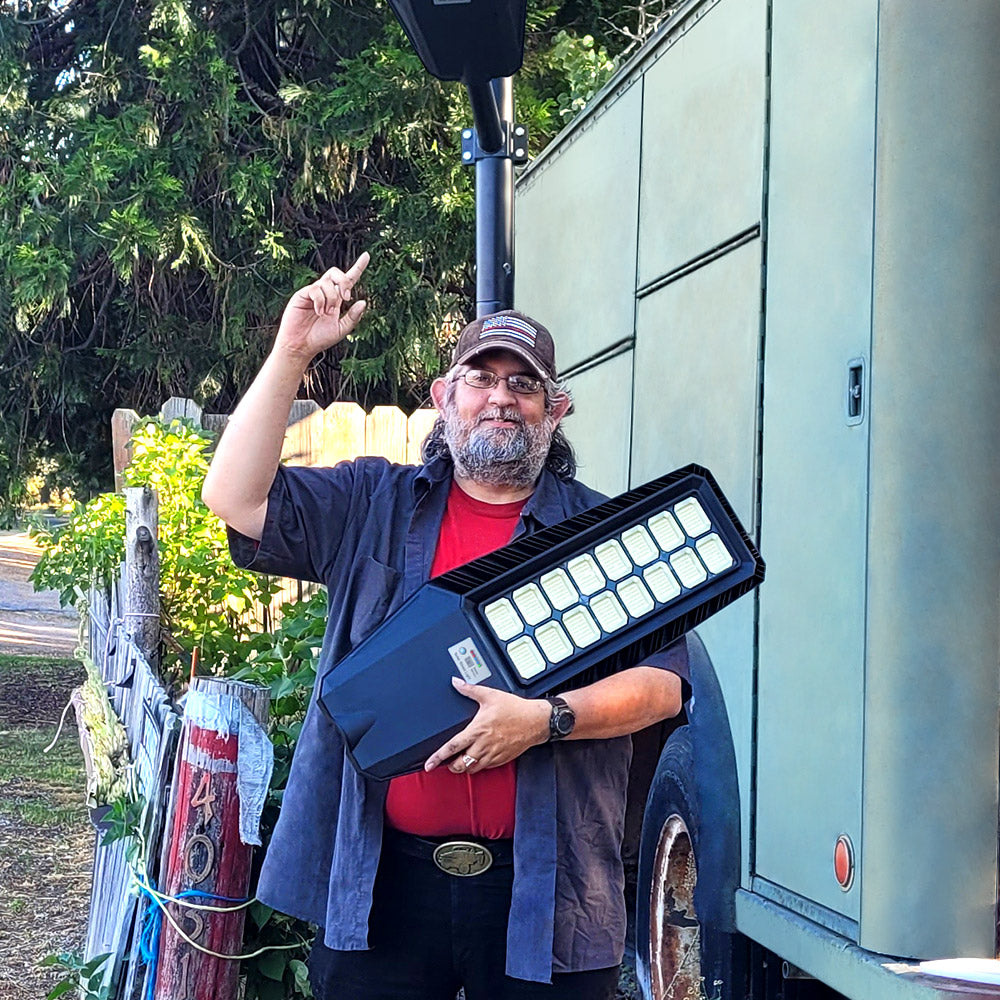
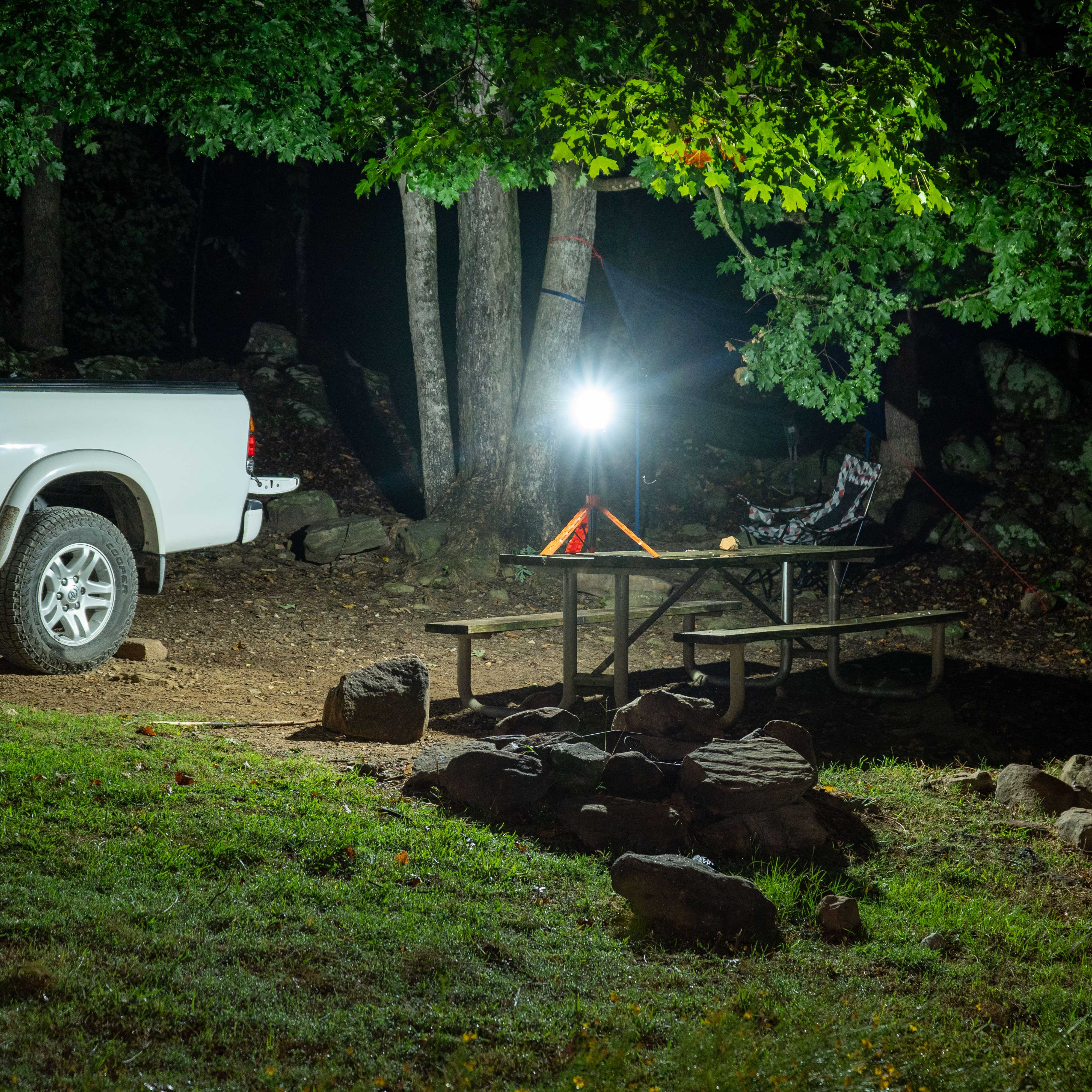
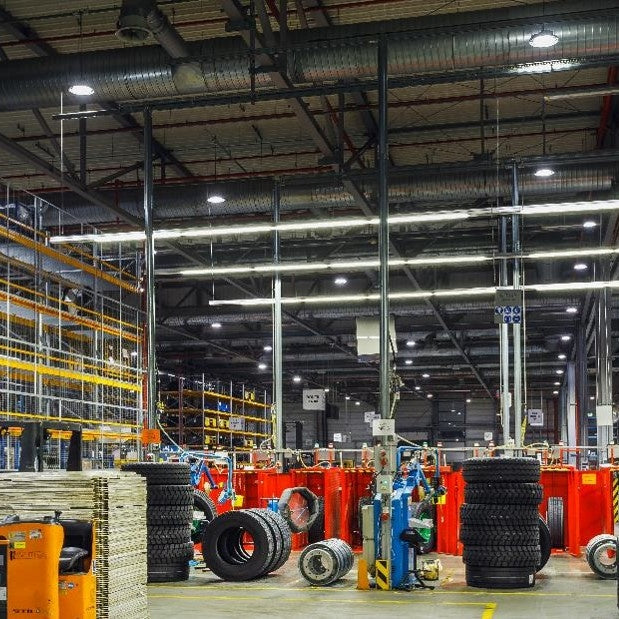
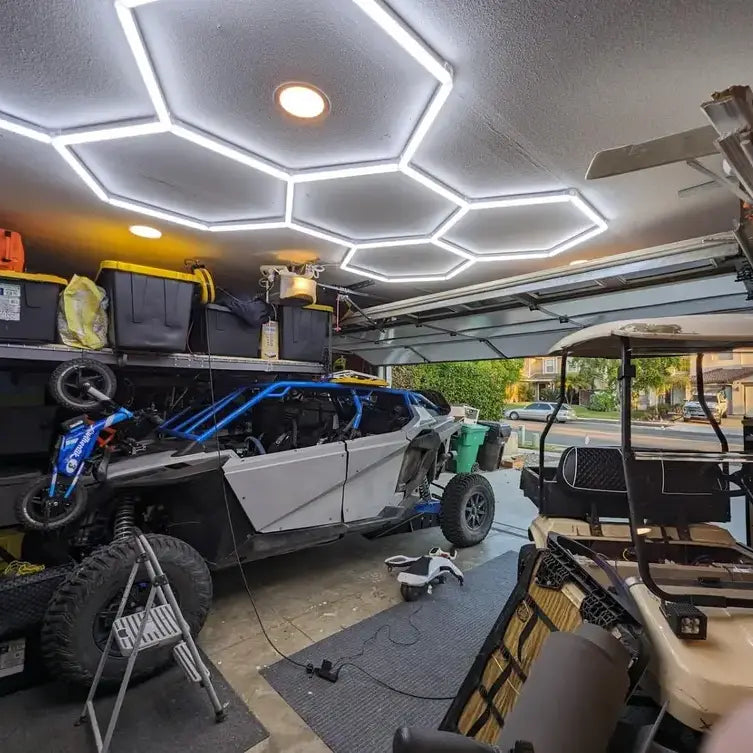
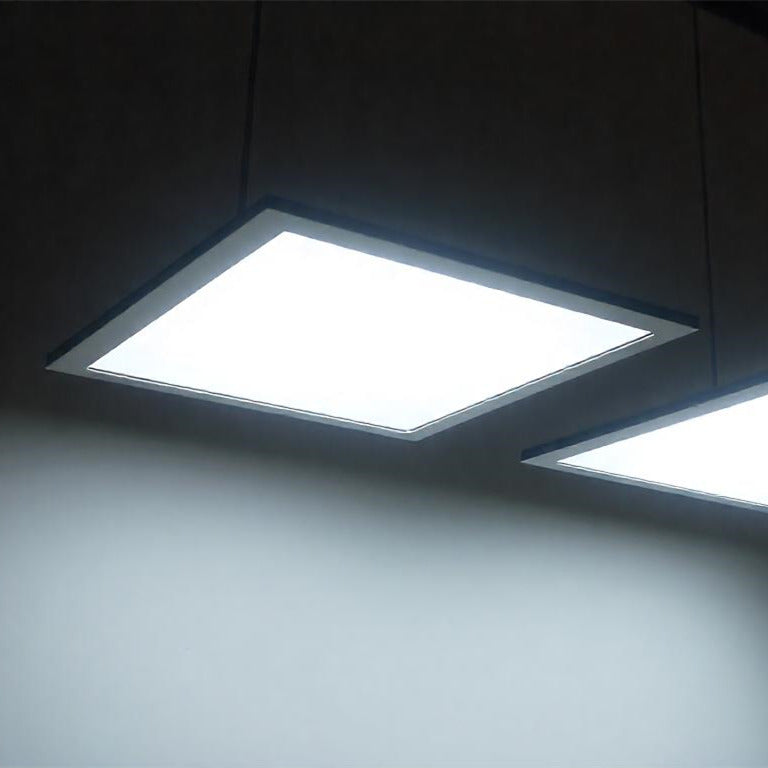
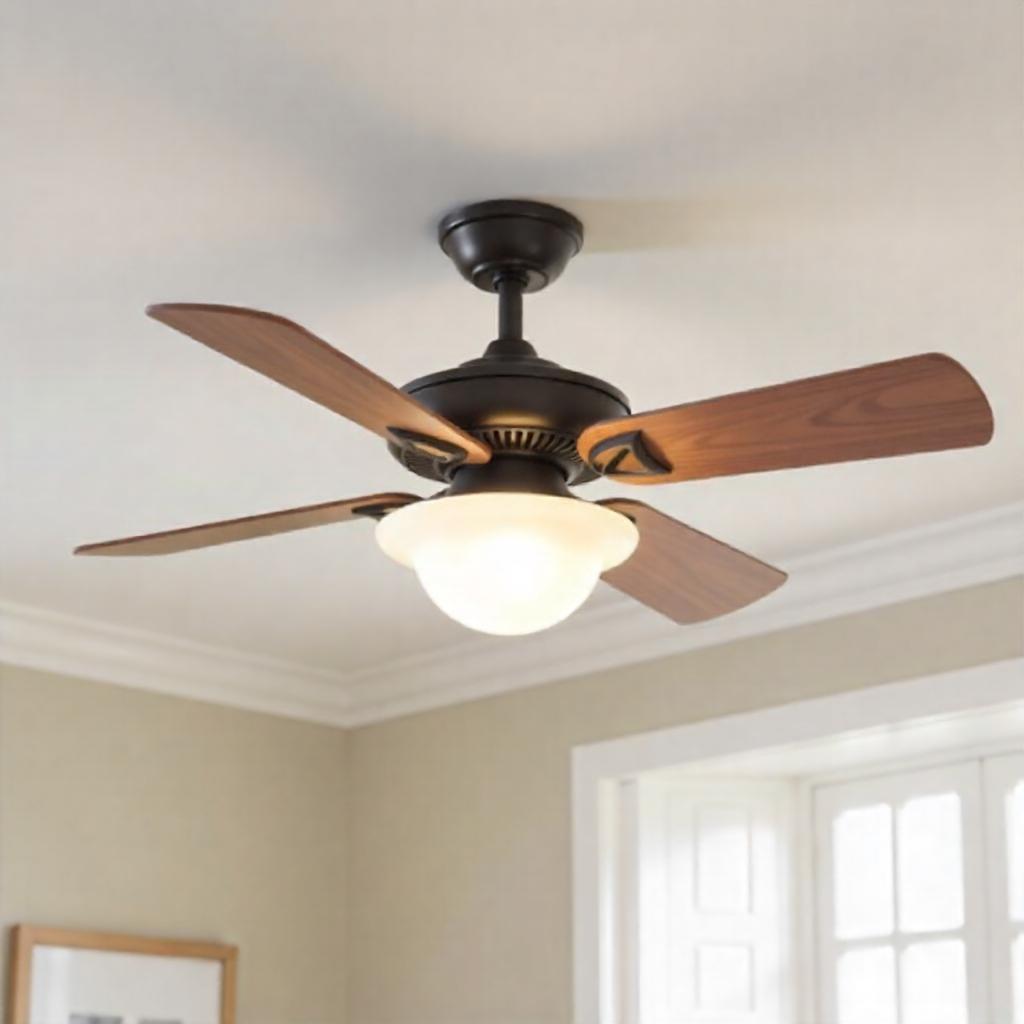
Leave a comment
This site is protected by hCaptcha and the hCaptcha Privacy Policy and Terms of Service apply.